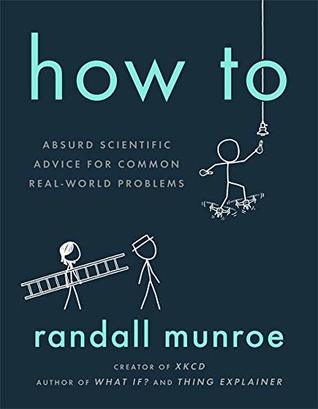More on this book
Community
Kindle Notes & Highlights
Siphons are driven by atmospheric pressure, and Earth’s air pressure is only capable of pushing water up 30 feet against gravity.
you want to fill your pool, you could try accelerating sea-level rise. Sure, it would worsen the immeasurable ecological and human toll of climate change, but on the other hand, you could have a sweet pool party.
Ice is heavy, and when it’s sitting on land, it pulls the ocean slightly toward it. When it melts, the water level goes up on average, but since it’s no longer being pulled as hard toward the land, it can actually go down in the area around the ice that melted.
You also might want to double-check the authenticity of your pirate treasure map, because pirates didn’t actually bury treasure.
An infrasonic signal with a frequency below 1 cycle per second — 1 Hz — can travel all the way around the planet.
(In retrospect, my plan to fluster an astronaut by throwing extreme situations at him might have been flawed.)
But as wind grows stronger, kites fly more vertically, while balloons fly more horizontally.
unpacking seems too daunting, you can adopt a strategy that has probably been popular as long as humans have been moving their homes from one place to another: clear enough room to put your mattress on the floor, unpack the one box that has your toothbrush and phone charger, and worry about the rest in the morning.
you’re worried that the house will blow away, or
at a rate of 1 day per decade, which works out to about 1 second per hour.
A sprinter relies on anaerobic processes, which provide a lot of energy over short distances, but after a minute or two exhaust the body’s energy reserve. Long-distance runners rely on more aerobic, oxygen-consuming processes, which provide a steadier supply of energy over long distances.
As is so often the case, a “free” source of energy ultimately comes with a terrible long-term cost.
Unlike most humans, planets and stars have no problem doing work for free.


